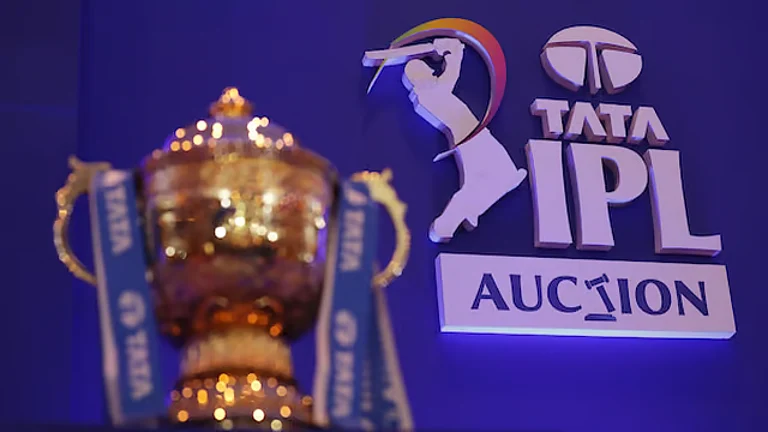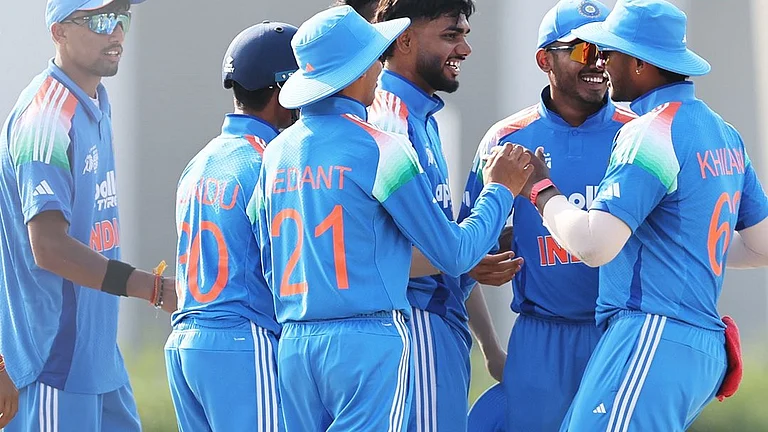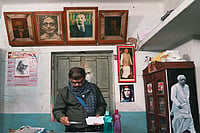A great sense of anticipation had accompanied the news that the Railway budget would be made part of the general budget after all of nine decades. Such a bold step, it was thought, was surely a prelude to big-ticket railway reforms—after ports, highways and airways. But the first set of proposals under the merged document has not been particularly encouraging. It was natural for people to hope the railways, too, will move towards an open-access system and initiate network expansion with both state and private funding. One expected freedom for owners of non-government railway systems to set tariffs—plus a realistic, transparent formula to apportion earnings and expenses for inter-operated traffic. None of this happened.
Worse, we have been promised the continuing ‘autonomy’ of railways—perhaps meaning decision-making will still be guided by narrow organisational and local/political interests. This when a national perspective has been long awaited in new projects—imagine the symbolic and strategic takeaways in, say, having at least one new line project towards border regions.
A big thrust to infrastructure, rural development and poverty alleviation was expected in the post-demonetisation budget. Since committee after committee has been underlining the funds crunch in railways, it was natural to hope for a quantum jump in allocation, either as subsidy or soft loan, facilitated by the merger of budgets. But we got the opposite: gross budgetary support has been pegged at Rs 55,000 crore, a mere Rs 9,000-crore over last year. No clarity is at hand on how the railway safety fund is stocked; one assumes the central contribution to that goes out of this Rs 55,000 crore. If so, in real terms, budgetary support has dipped from last year’s figure. Take the total outlay of Rs 1,31,000 crore—an 8 per cent hike over last year. Now consider the 12-15 per cent annual price escalation on projects and a 6-8 per cent wage bill escalation, and do the math.
Again, the revised estimate for “safety-related activities” is Rs 63,063 crore for 2016-17. For the new fiscal, it’s Rs 65,975 crore—an increase of 4.6 per cent, which means what’s budgeted is 5 per cent less than the projected inflation. This when a paradigm shift is required to ensure reasonable levels of safety, without compromising on capacity and profitability. This shrinkage will adversely affect industries that are solely dependent on the railways. Moreover, such a hand-to-mouth budget for the basics seems not a little ironic when seen against big-ticket ideas like Talgo, bullet trains, magnetic levitation and hyperloop.
The safety is broadly covering all relevant issues, but the approach is incremental and departmental. We need a paradigm shift to ensure reasonable level of safety without compromising on capacity and profitability. Time-bound implementation, too, will remain a big issue.
Station redevelopment and elimination of level-crossings have been a ritual of rail budget speeches. A lot of good work has been done on the latter front, and casualties have come down despite ever-increasing traffic on rural roads, but stations are still a sorry story. Of the three stations mentioned, railways will fund Gandhinagar and RITES will do Varanasi. Only Habibganj will be PPP, and only visible progress can remove question marks on private-sector efficacy in this area.
If fares are to be defined vis-a-vis the totality of factors—cost, quality, social obligation and competition—it could imply cheaper premium classes, and costlier sleeper, general and suburban travel. The removal of service charge is very welcome—it bore no moral rationale in the first place, being only a captive revenue stream for IRCTC to offset its losses elsewhere. The fast shift to solar power at stations and depots merits appreciation. Congratulations are also due for the Srinagar-Baramulla link being put back on track after it fell victim to dirty politics. Overall, ‘One Nation One Budget’ is a reasonable idea, being far less political, but this one misses the reform train.
(The writer is former member, mechanical, Railway Board)





















